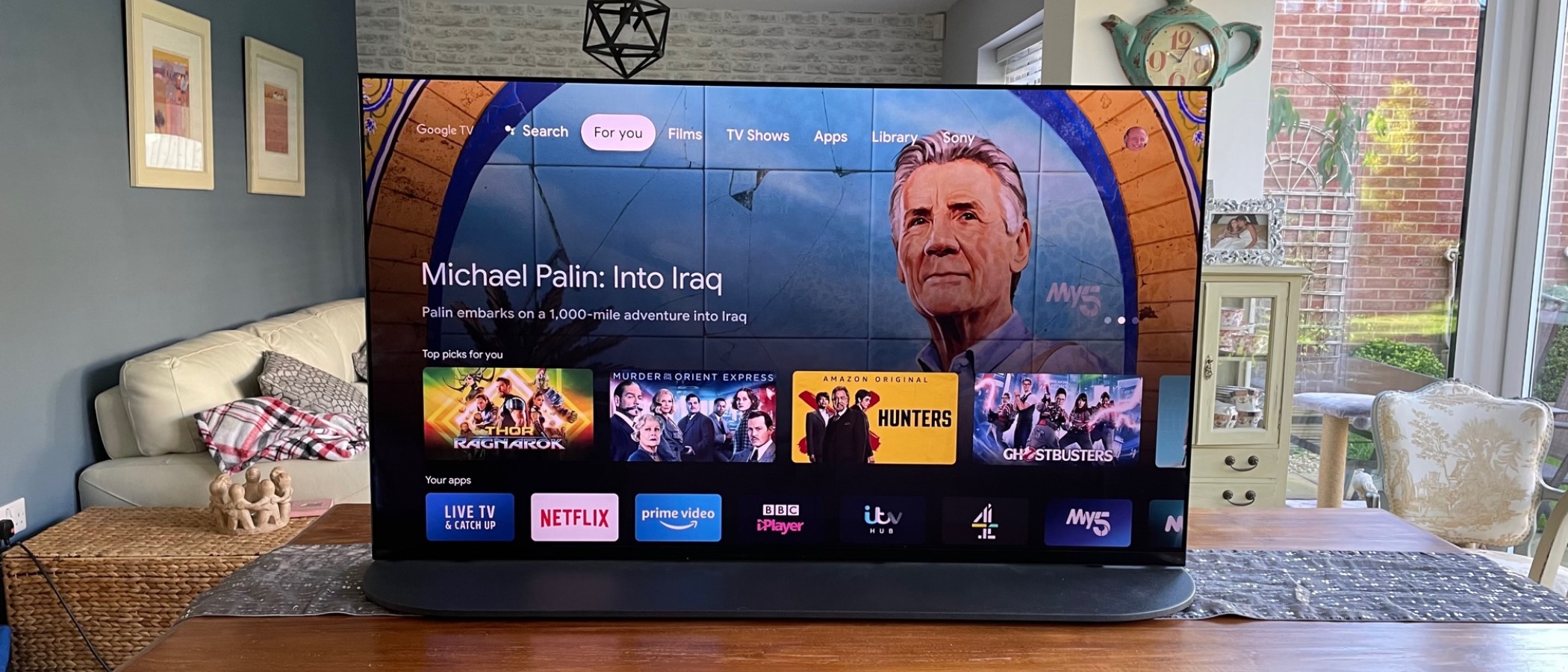GamesRadar+ Verdict
Although it’s not quite as prolific with its gaming features as we’d ideally like, the Sony A95K’s combined picture and sound performance are good enough to make it still the finest all-round TV we’ve ever tested.
Pros
- +
Ground-breaking colour performance
- +
Contrast, sharpness, and brightness are great too
- +
Excellent room-filling sound
Cons
- -
Only two HDMI 2.1 ports
- -
Could be a bit brighter
- -
You can’t game in Dolby Vision and 4K/120Hz simultaneously
Why you can trust GamesRadar+
The Sony A95K is a seriously big deal for the Japanese electronics giant. Partly because it’s the brand’s first gaming TV to use ground-breaking new Quantum Dot technology, and partly because it extends Sony’s policy of approaching all TV technologies with an open mind in a bid to make sure its range always includes something for everyone.
Like the so-called WOLED technology that’s been used in OLED TVs for years now, the A95K’s QD OLED panel sees every pixel creating its own light. Where it crucially differs from that older approach, though, is in the way it pushes organically created blue light through layers of red and green Quantum Dots. This approach has the potential to produce brighter pictures than standard WOLED technology, and crucially delivers a picture created by pure red, green, and blue elements without needing to add an extra white element as traditional OLED screens do. This means that QD OLEDs have the potential, on paper at least, to deliver richer, purer colours than traditional OLED screens.
So strong is this potential, in fact, that Sony has positioned the $3,999/£2,999 A95K as its current flagship 65-inch TV, and while the Quantum Dot OLED technology has actually been developed by Samsung Display rather than Sony it soon becomes clear that QD OLED’s third-party origins haven’t stopped Sony from getting all sorts of unique gorgeousness out of the technology on its very first attempt.
Features & Design
Sony has decided to mark the A95K’s ground-breaking nature by designing it to echo the look of Sony’s first-ever OLED TV, 2017’s A1E range. This look finds the screen attaching flush to either the front or back of a heavy-duty metal base plate, creating a strikingly stylish and heavy-duty work of minimalistic art. Whether you place the TV on the front or back of its support base probably depends on how big your room is; if space is limited, you'll likely place the screen back against your wall with the stand sticking out in front, while in a bigger room, you might want the screen to sit at the front of the stand - where it looks as if it’s being held upright by some invisible force.
The A95K’s rear panel is clad in an unusual patterned finish that compensates for this set not exactly being the slimmest OLED TV in town. Clip-on matching covers allow you to hide the set’s connection bays, too.
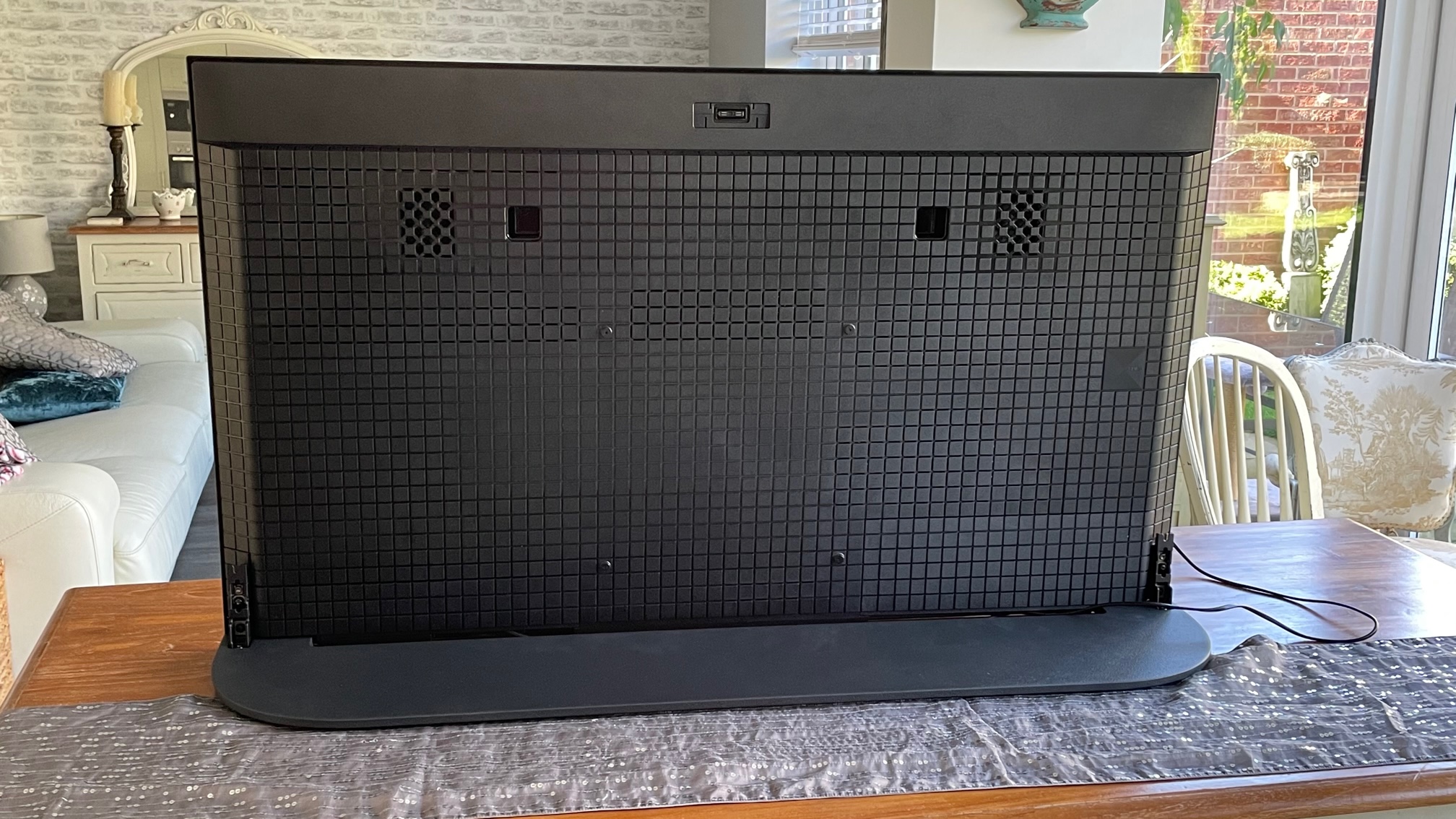
Well-heeled home cinema fans might be disappointed to discover that the only other A95K screen size available is a 55-inch model. In other words, there’s no 77-inch or bigger option for a more cinematic experience; though this may be rectified in 2023's models that are yet to be confirmed.
The A95K’s connectivity is good, but not up there with some of its high-end rivals. The biggest gripe here is that only two of the set's HDMIs can handle the latest key gaming features of 4K resolution at 120Hz, and variable refresh rates which most of the best 120Hz 4K TVs do offer. You also have to choose on the A95K between Dolby Vision HDR gaming and 4K/120Hz gaming, whereas the LG TVs permit both simultaneously.
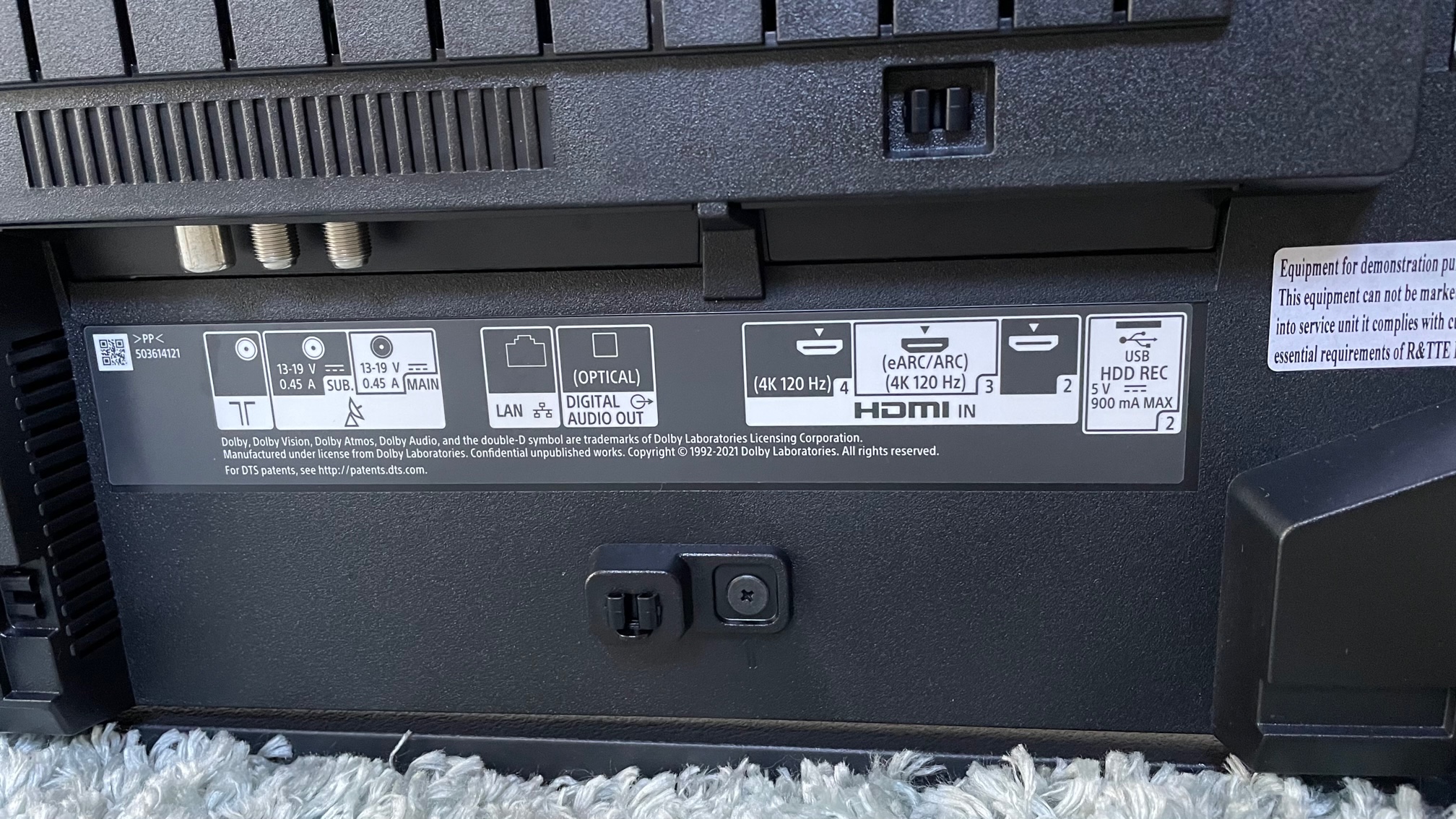
The A95K’s connections do, though, make it probably the best TV for PS5 by delivering the Perfect for PlayStation features Sony has designed to try and tempt PlayStation 5 owners to partner their consoles with Sony TVs. The first of these is Auto HDR Tone Mapping, where the PS5 can automatically optimise its HDR output to suit the particular model of Sony TV it’s connected to. The other is an Auto Genre Picture mode which, like the Auto Low Latency Mode supported by the HDMI 2.1 standard, enables a Sony TV to automatically switch between its video and fast-responding Game picture presets depending on whether your PS5 is playing a Blu-ray/video stream or a game.
The A95K’s 4K QD OLED screen supports three of the four main HDR formats: the now standard HDR10 and HLG formats, plus the premium Dolby Vision system that adds extra scene-by-scene image data to the HDR picture stream. There’s no support for the HDR10+ system that joins Dolby Vision in adding scene-by-scene information to the HDR stream, which is a shame given that some rival TV brands do support this. There is more Dolby Vision-encoded content out there than HDR10+, though, so if you had to pick one premium HDR format to support, Dolby Vision is the most helpful choice.
The picture and sound quality of Sony’s debut QD OLED TV is marshalled by the brand’s Cognitive XR processor. This includes a huge range of picture optimisation features, but the most important ones are as follows: a focus on subtly tweaking multiple facets of incoming pictures to make them look more like your eyes perceive the real world; believable, natural upscaling of HD and SD sources to 4K; a system that converts SDR to HDR with most picture presets; and some of the best motion processing in the business.
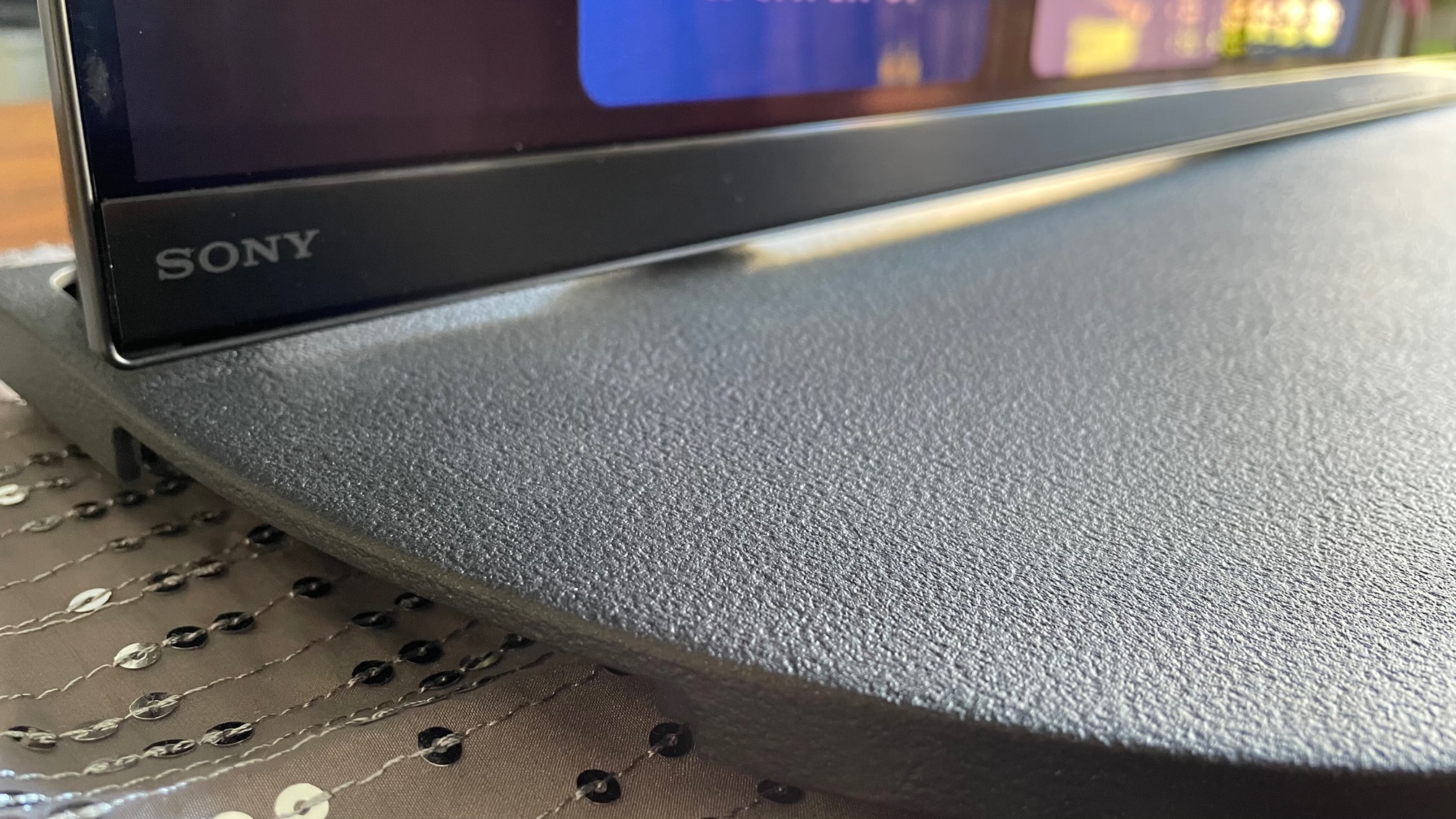
As usual with Sony TVs, the A95K’s smarts are provided by the Google TV platform. This is more attractive, more customisable, and more engaging than its Android TV predecessor, though it still feels a bit overwhelming and dictatorial for a TV system.
Unusually the A95K ships with a camera that jacks into a simple metallic mounting point on the TV’s rear. As well as opening up the potential for video conference calls, this camera can actually register your position relative to the TV and fine-tune the picture and sound accordingly. Personally, though, I didn’t really find the camera useful enough to feel like using it much beyond checking it out for this review.
The A95K’s audio continues Sony’s unique OLED approach of using the actual screen of the TV to produce sound. In the A95K’s case, this so-called Acoustic Surface technology deploys three actuators behind the screen rather than the two used by cheaper Sony OLED models and backs these actuators up with a pair of bass-boosting subwoofers. However, you'll likely get more out of the A95K by teaming it with a gaming soundbar or gaming sound system.
Performance
The A95K doesn’t just make a convincing case for its new QD OLED technology - it delivers arguably the finest all-round picture quality we’ve seen on any TV.
Focusing first on the advantages that seem specific to its QD OLED panel, its colour performance is remarkable. Vibrant, heavily saturated tones are delivered with a level of naturalism and purity I haven’t seen before - especially when it comes to colours that are particularly heavy in one of the red, green or blue primaries. This remarkable colour performance is particularly effective with gaming sources, given their typically relatively pure use of colour - but you can see and actually feel the difference with any high dynamic range video sources too.
There’s nothing forced about the A95K’s extra colour purity and impact. On the contrary, under the watchful eye of the Cognitive XR processor, the TV’s extra colour range never leads to any individual tone looking unnaturally prominent, or any sense of gaudiness or artificiality creeping in. Instead, the picture just looks more natural - and more in line with the sort of pictures content creators would likely have been looking at when beavering away on their ultra-expensive professional mastering monitors.
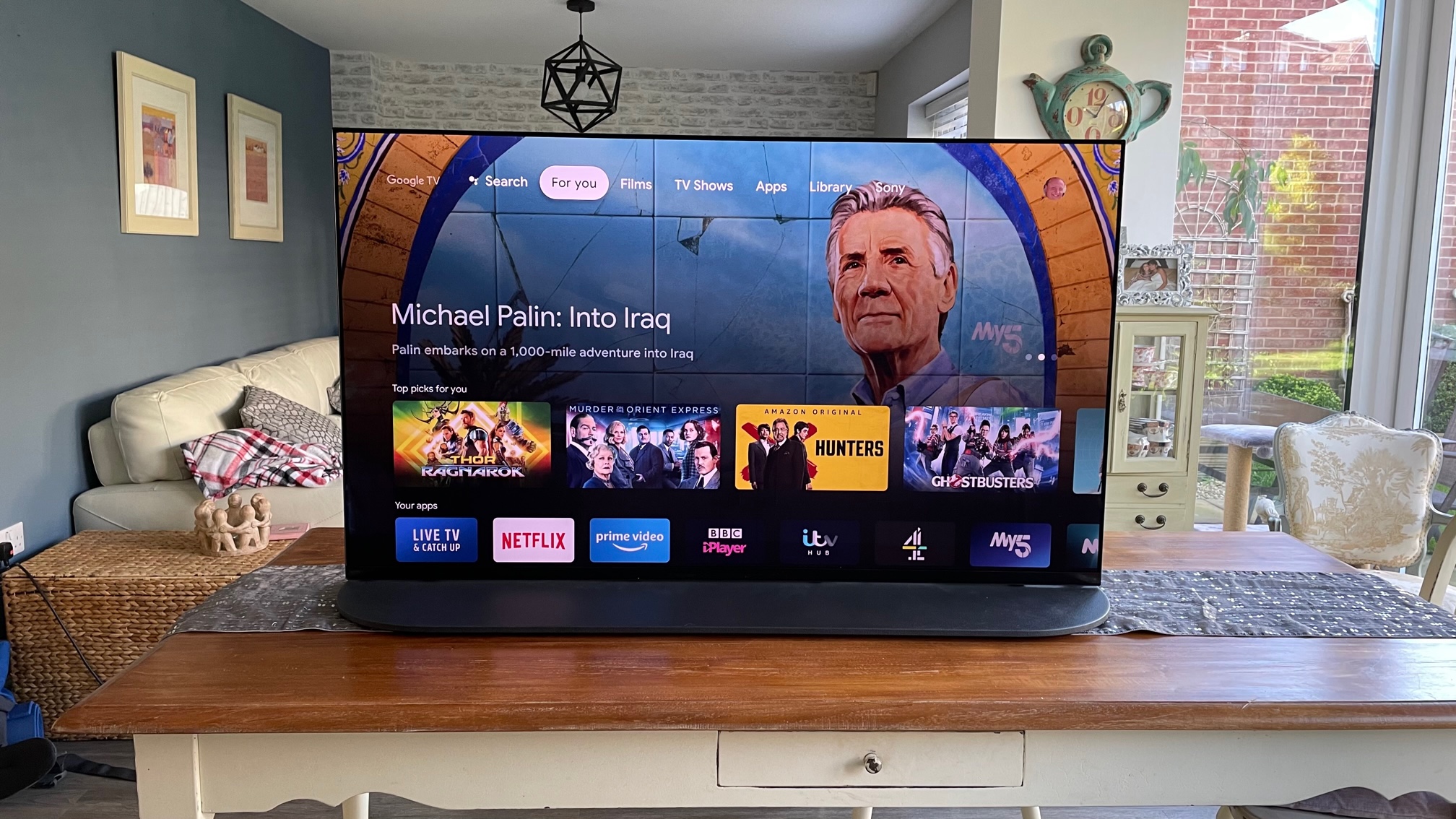
While the A95K’s unique colour strengths are at their most obvious with the purest, brightest shades, the range, and accuracy of its tones also delivers enough extra subtlety to help 4K pictures look more detailed and textured, as well as helping good quality sources achieve a greater sense of depth. It’s hard to think of a better example of the importance of colour finesse to your perception of sharpness and clarity on a 4K TV.
The A95K continues to look impressively clean and sharp with HD sources thanks to an outstanding 4K upscaling system, while its SDR to HDR upgrade processing proves subtle but more convincing than any similar system I’ve seen from any other brand.
This glorious sense of clarity and naturalism remains intact when the A95K has to handle motion, too. With 60Hz and, especially, 120Hz games the screen is responsive enough to look beautifully smooth, responsive and polished, while its VRR support works very effectively with games that feature changing refresh rates. Even though Sony doesn’t join LG in supporting either the Nvidia G-Sync or AMD Freesync VRR variants.
The A95K’s Motionflow motion handling is at its best versus most high-end TV rivals with 24 frames a second movie sources. The True Cinema option delivers fantastic results that remove motion blur and take the edge off judder without causing either unwanted glitchy side effects or too much ‘soap opera’ smoothness.
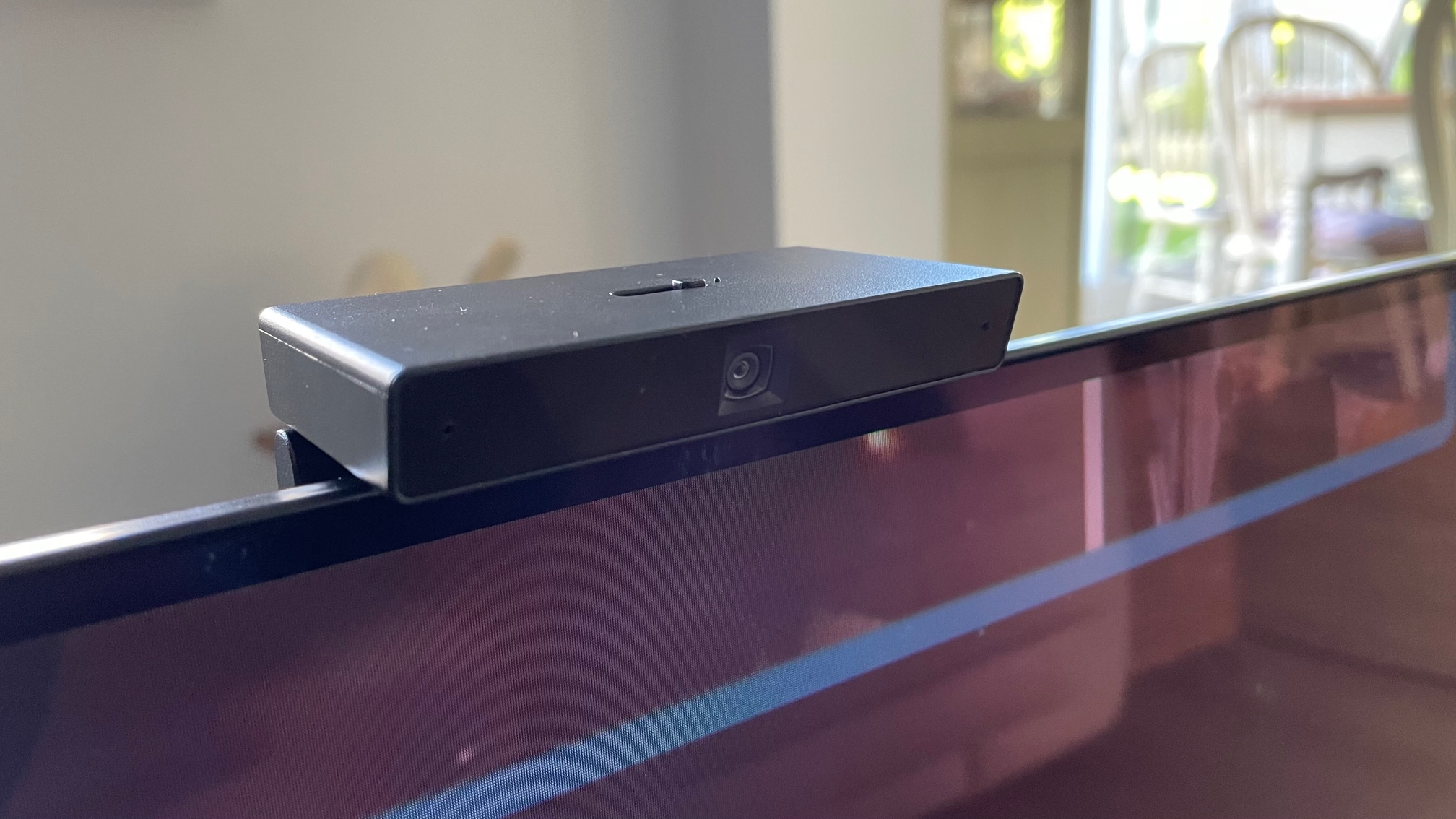
While the A95K doesn’t carry quite as many game-related settings and features as the latest TVs from Samsung and LG, it does back up its outstanding picture quality with a good (though not class-leading) input lag time in its Game mode of 16.5ms.
The A95K also doesn’t deliver quite as much of a brightness benefit over regular OLED TVs as the Samsung S95B QD OLED TVs do. That’s not to say there’s no brightness bonus, though; small bright HDR highlights and, especially, full-screen bright HDR images both look punchier than they do on any of Sony’s regular OLED technology TVs. This joins the extra colour purity and the sort of immaculately deep, natural black colours and peerless (essentially pixel level) local light control we’ve come to expect from all types of OLED technology in helping the A95K deliver a gorgeously cinematic experience that home cinephiles will find hard to resist. Unless, perhaps, the A95K’s maximum 65-inch picture size just isn’t big enough.
The A95K’s ground-breaking pictures are partnered by a seriously impressive sound system. The Acoustic Surface technology creates a surprisingly warm sound that makes its expansive mid-range exceptionally easy to listen to, even when there’s lots of detail or high treble sound effects to deal with. Specific spot effects in a mix sound almost uncannily as if they’re coming from exactly the correct place on the screen too - so if a car crosses the screen, you hear the sound it makes cross the screen too.
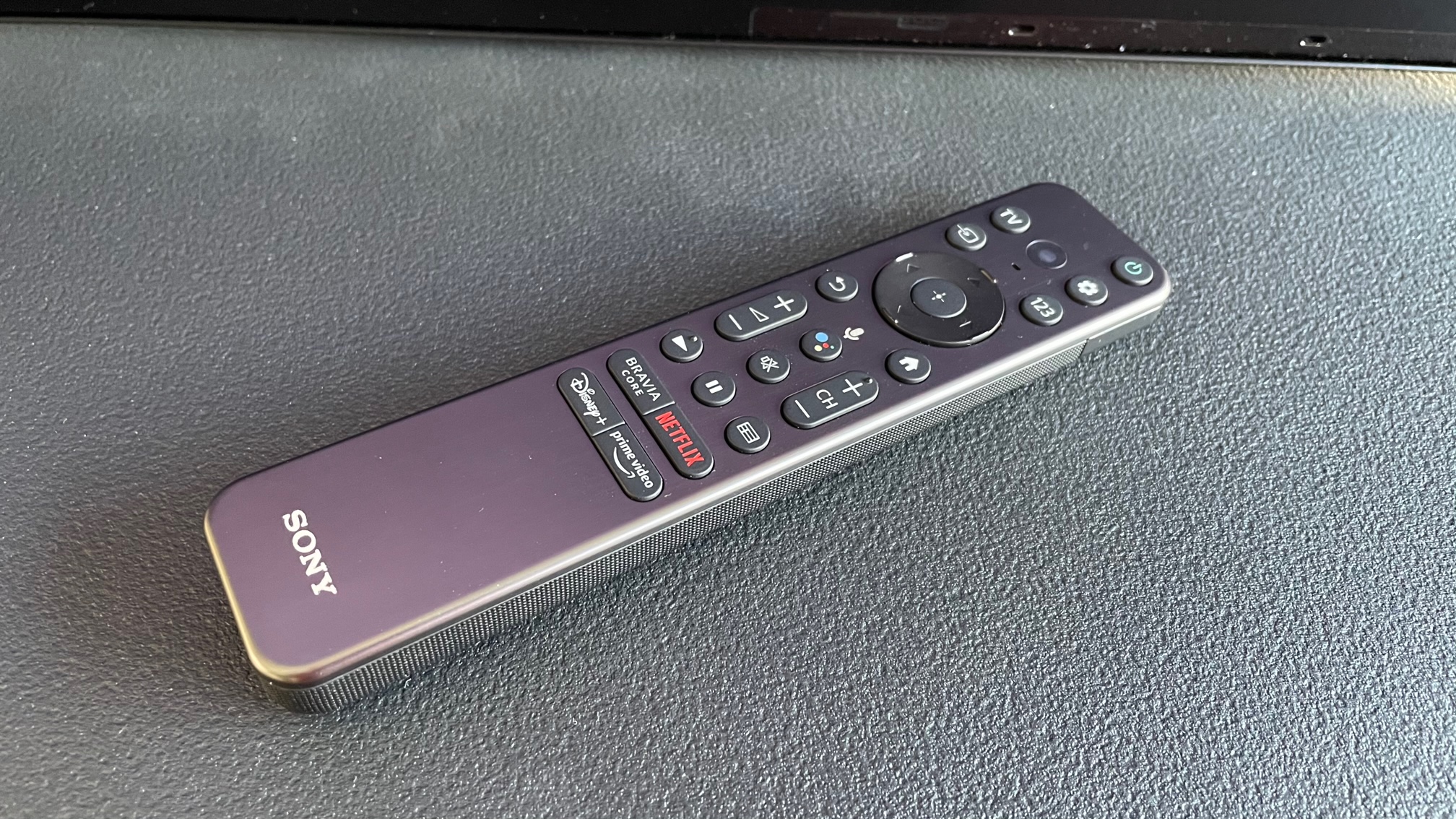
Overall - should you buy the Sony A95K?
Aside from the A95K not pushing QD OLED’s brightness potential quite as hard as it maybe could have done and not offering quite as comprehensive a suite of gaming features as it maybe should have done, it’s hard to find any major flaws with Sony’s QD OLED debutante. If Sony’s managed to produce a QD OLED TV this good at the first time of asking, we can’t wait to see what comes next.
How we tested the Sony A95K
The bulk of our time with the A95K was spent feeding it some of the brightest and most colourful 4K Blu-ray movies around, to really test its key brightness, contrast and colour claims. In particular Mad Max: Fury Road, Inside Out and It - the latter of which also features Dolby Vision HDR and some great dark scenes for checking that QD OLED’s brightness and colour prowess doesn’t negatively affect OLED’s traditionally excellent black levels.
The speedy and silky smooth 4K/120 graphics available from Call Of Duty: Modern Warfare 2 provided most of our gaming test material, along with extended ‘drive-bys’ with the gorgeous Forza Horizon 5 to check how well Sony’s screen coped with larger scale and bolder colours/HDR effects.
The Greatest Showman joined It and Mad Max in helping us explore the A95K’s powerful sound.
You can read more about how we test gaming TVs at GamesRadar+ in our dedicated article, or for more on our approach to all gaming tech, check out our full GamesRadar Hardware Policy.
On the hunt for more TV options? Check out our guides to the best 8K TV for gaming and best QLED TVs and ensure you've got one of the best HDMI cables for gaming on PS5 or whatever platform you're on too.
John has spent more than a quarter of a century writing about and reviewing pretty much every type of home entertainment product, from games consoles and soundbars to projectors, 4K Blu-ray players, streaming boxes, and, especially, TVs. As well as on GamesRadar+, his words of wisdom can be found as far afield as, T3, Tech Radar, Home Cinema Choice, Expert Reviews, and Forbes, while most of his spare time is spent wondering ruefully how much more sleep he might have had and how much higher his gamerscore might have been if only he hadn’t spent the past 15 years hopelessly and largely unsuccessfully addicted to Call Of Duty.

